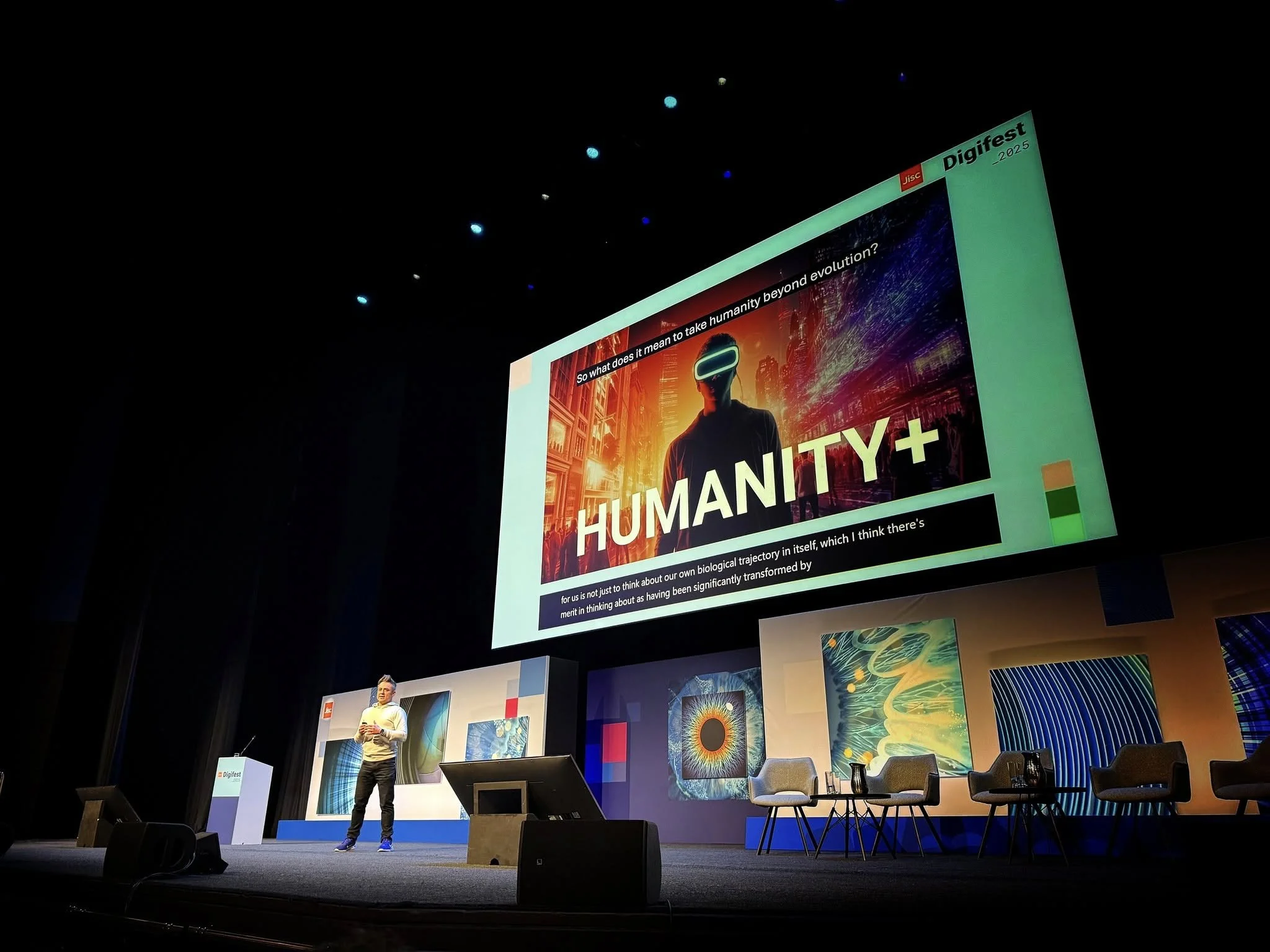Andy Miah
Andy Miah
Read More
Andy Miah
Andy Miah
Read More
Andy Miah
Andy Miah
Read More
Andy Miah
Andy Miah
Read More
Andy Miah
Andy Miah
Read More
Andy Miah
Andy Miah
Read More
Andy Miah
Andy Miah
Read More
Andy Miah
Andy Miah
Read More
Andy Miah
Andy Miah
Read More
Andy Miah
Andy Miah
Read More
Andy Miah
Andy Miah
Read More
Andy Miah
Andy Miah
Read More

